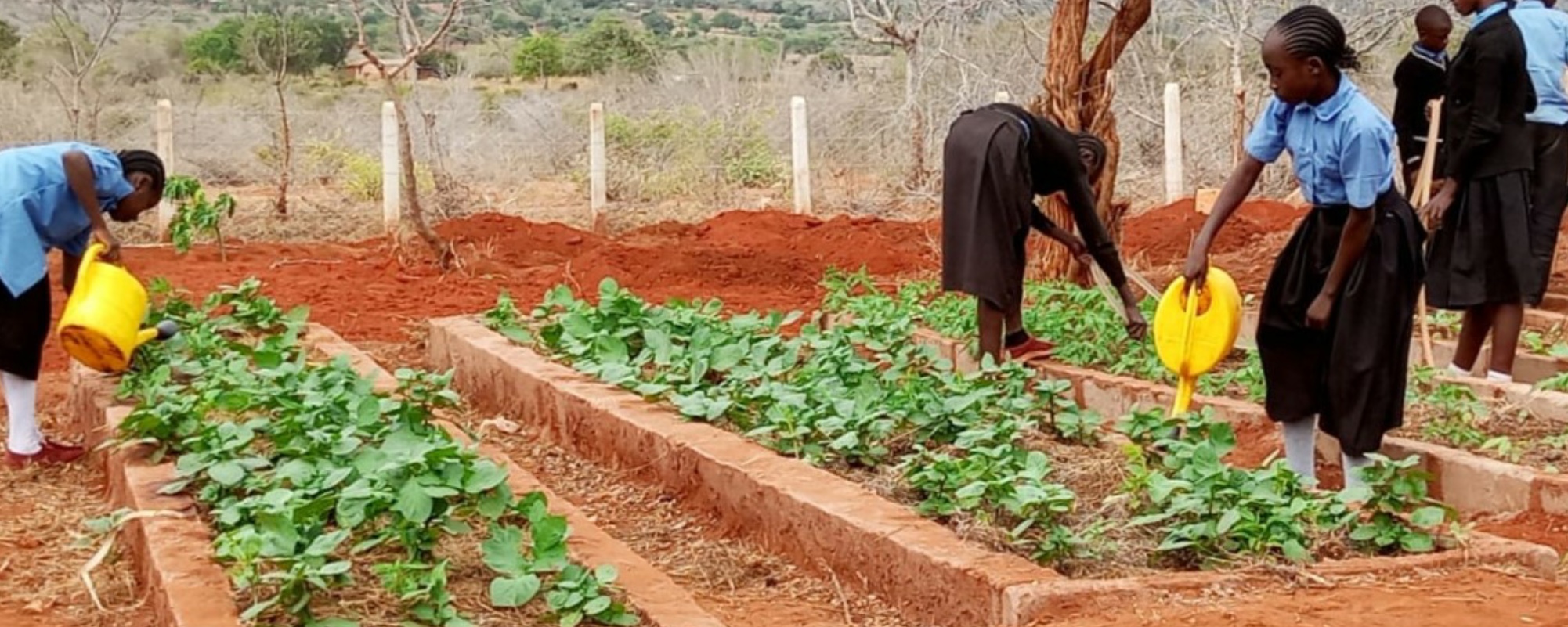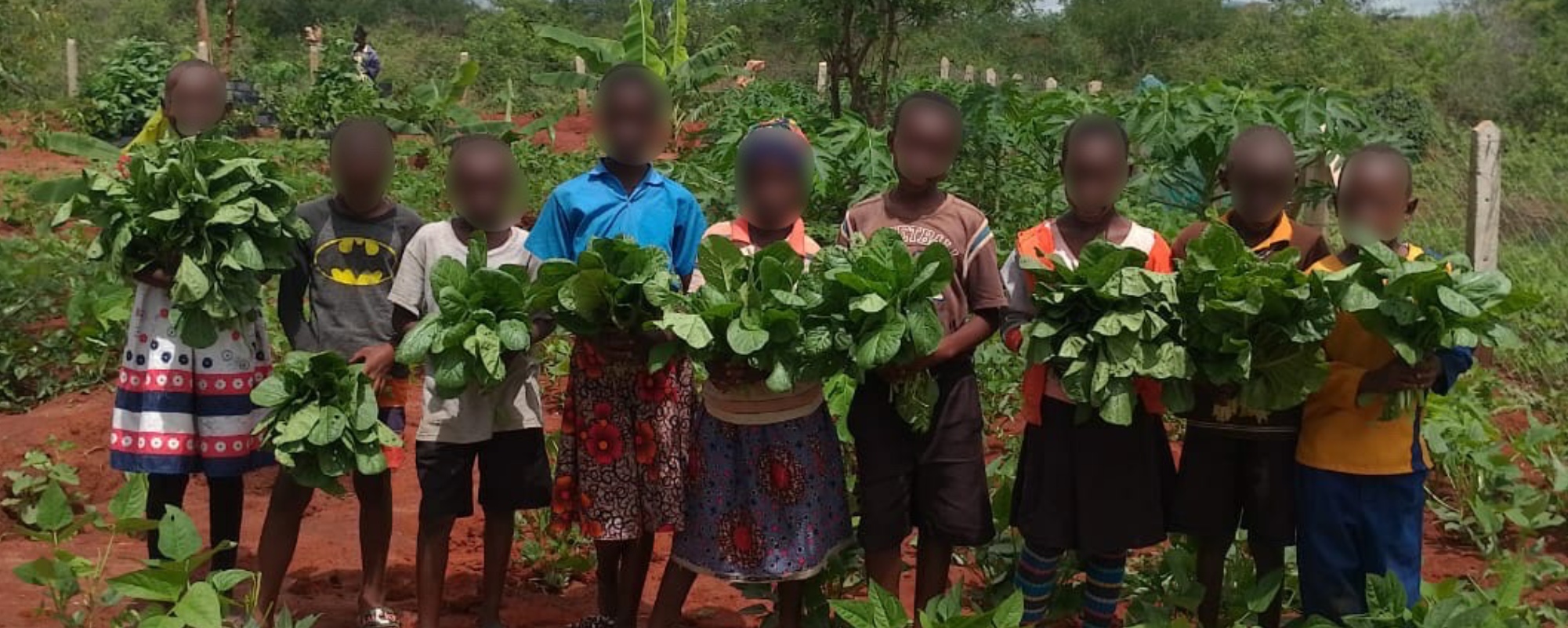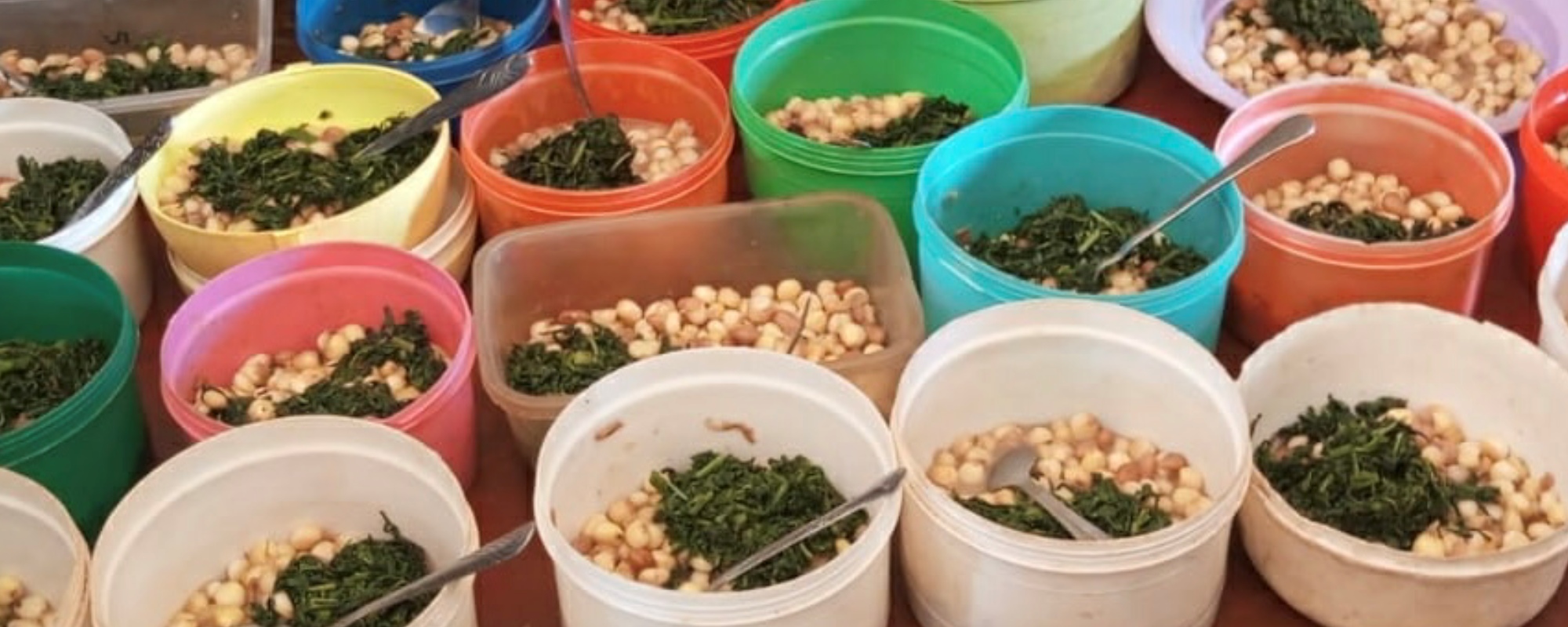Growing their own food gives schools the ability to become more self-sufficient, taking it from farm to fork to feed their pupils and using it to provide a potential additional source of income to fund the school.
A recent addition to our holistic package of support for our partner schools is our Farm2Fork project to support the creation and development of on-site kitchen gardens for growing fruit, vegetables and greens.
This food is used to supplement the basic dried ingredients we already provide for school lunches, delivering much-needed additional nutrition to children and taking the food they grow directly from farm to fork in a way that is educational and has minimal environmental impact. In time, where there is surplus or produce that cannot be consumed by pupils, this food could be sold to generate a sustainable income for the school.
As of March 2024 there are kitchen gardens at various stages of development in three of our eight partner schools with three others in the early planning and preparatory phase.
Help schools in Kenya become more self-sufficient
By donating to support our Farm2Fork projects you will help our partner schools to further improve the kitchen gardens that have already been started and to establish new ones elsewhere.
Your donation could be used to pay for the materials and labour for building beds, planters and shades, to purchase seeds and seedlings, to improve water supplies and water management, or to buy essential gardening tools and equipment.
DONATE HERE£10
buys a selection of seeds and fruit tree seedlings
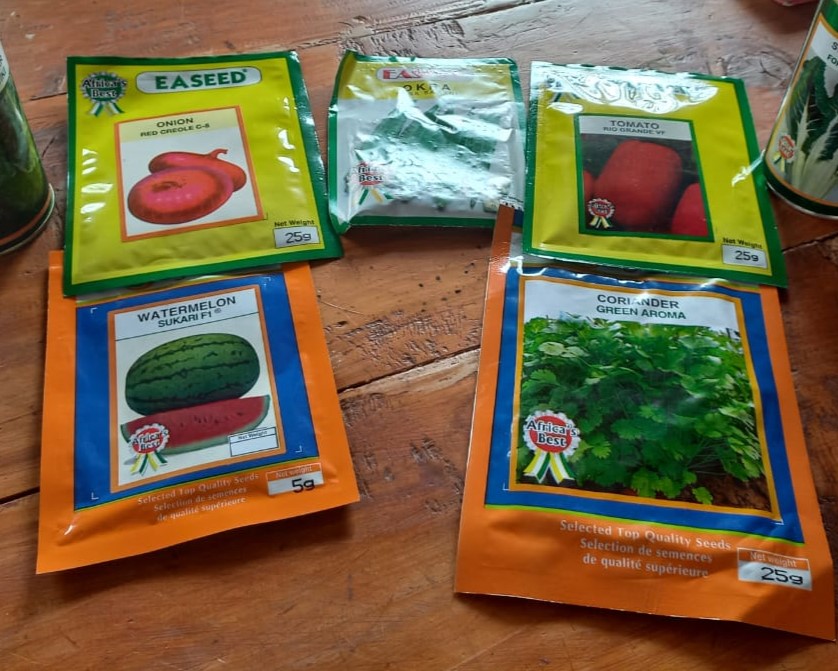
£20
buys materials for a single vertical planting structure
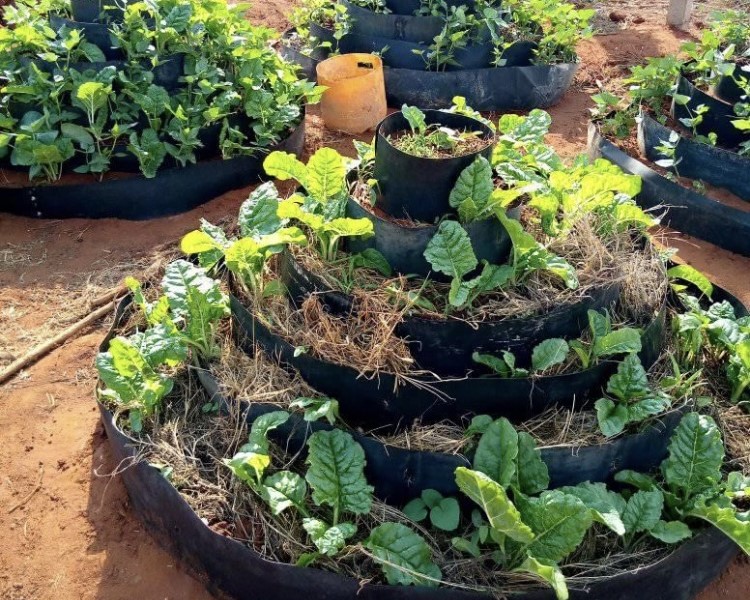
£100
pays for materials and labour to create raised beds
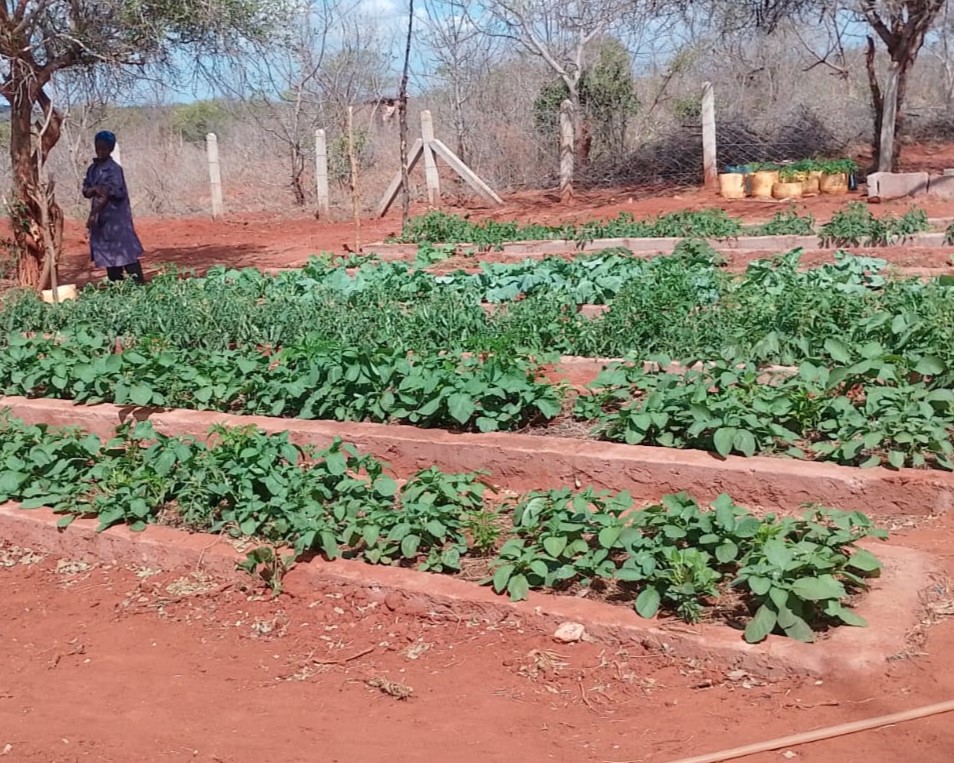
Support a kitchen garden from scratch
The cost of creating a new kitchen garden starts from around £1,500 including fencing, creation of beds and planters, and an initial supply of seeds and seedlings. We would be delighted to hear from any individuals, groups, organisations or funders who would be interested in raising or donating the funds for a new kitchen garden in part or in its entirety.
GET IN TOUCHYour question answered…
Each garden is a space of approximately 25m x 25m. It is fenced since most of our schools do not have any (adequate) perimeter fencing and a robust boundary is therefore needed to keep out wandering wildlife and livestock. The gardens consist of areas for nurseries/seed beds, raised beds and planters for growing vegetables and leafy greens, and space for fruit trees.
This varies from school-to-school but includes drought resistant crops such as sweet potato and cassava, legumes such as cowpeas, leafy greens including spinach and kale, vegetables such as tomatoes, and fruits including papaya, mango, orange, banana and passion fruit.
As it stands, using water from existing sources within the schools. In time we hope to add dedicated rainwater catchment areas within or very close to each garden, and to add drip-irrigation systems to minimise water wastage.

